Home>Gardening & Outdoor>Landscaping Ideas>How To Prepare For Fake Grass
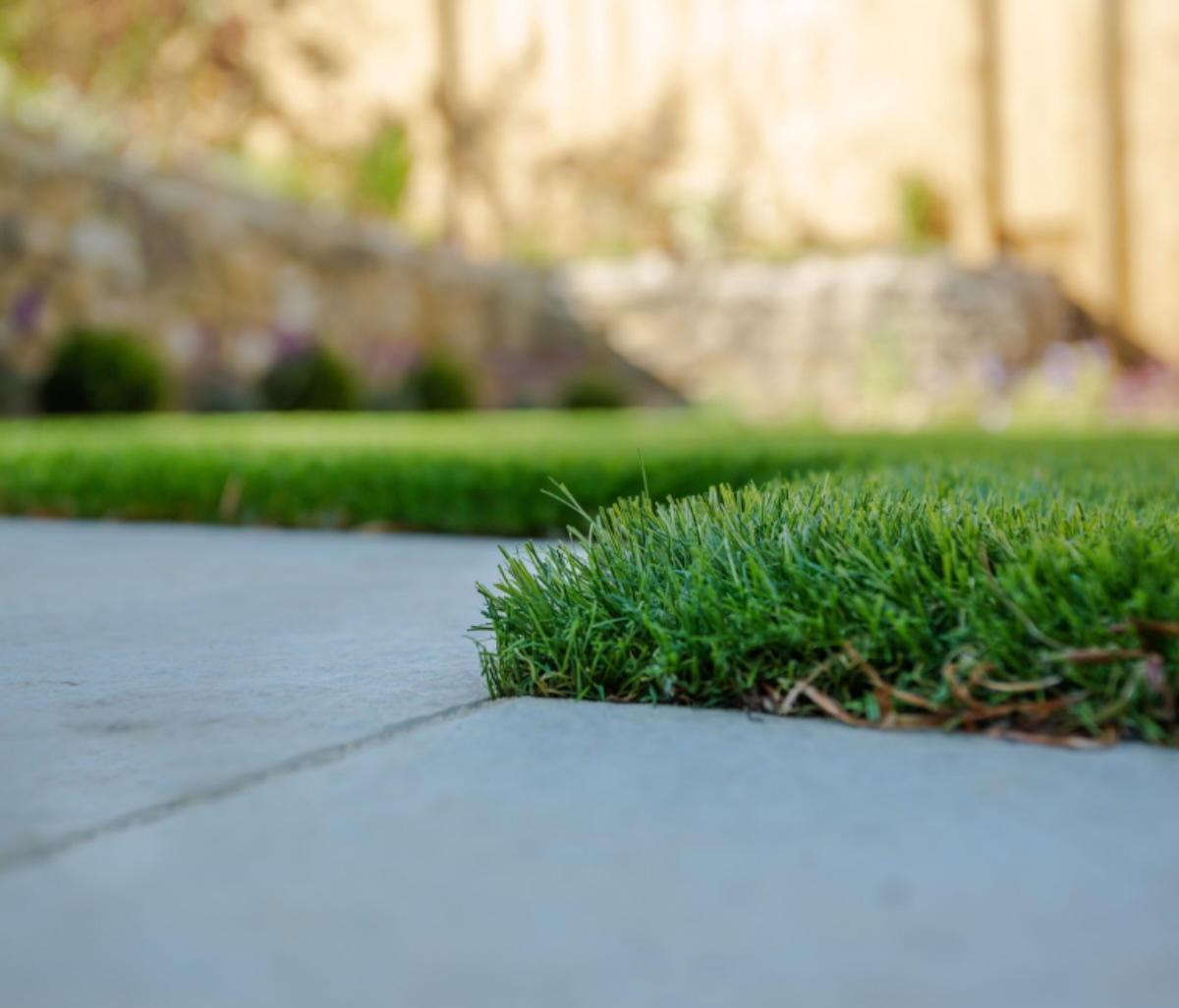

Landscaping Ideas
How To Prepare For Fake Grass
Modified: March 2, 2024
Get ready for a stunning lawn transformation with our expert landscaping ideas for preparing your yard for fake grass. Discover the best tips and techniques for a seamless installation.
(Many of the links in this article redirect to a specific reviewed product. Your purchase of these products through affiliate links helps to generate commission for Storables.com, at no extra cost. Learn more)
Choosing the Right Type of Fake Grass
When it comes to transforming your outdoor space with artificial turf, selecting the right type of fake grass is a crucial first step. With a wide range of options available, it’s essential to consider various factors to ensure that you choose the most suitable artificial turf for your specific needs.
Here are some key considerations to keep in mind as you embark on this exciting landscaping journey:
- Quality and Realism: Opt for artificial turf that closely resembles the appearance and texture of natural grass. High-quality fake grass often features a combination of blade shapes, colors, and textures to achieve a realistic look and feel. Additionally, look for products with a natural sheen to mimic the healthy, luscious appearance of real grass.
- Usage and Durability: Assess the intended use of the artificial turf area. If it will endure heavy foot traffic, such as in a backyard play area or pet zone, prioritize durability. Look for fake grass designed to withstand frequent use without losing its pristine appearance.
- Weather Resistance: Consider the climate of your region when selecting artificial turf. If you experience extreme temperatures, UV exposure, or heavy rainfall, opt for fake grass that is specifically engineered to withstand these environmental factors. UV-resistant, all-weather turf will maintain its color and integrity over time, ensuring long-lasting beauty.
- Drainage Capability: Proper drainage is essential for maintaining a clean and functional artificial turf surface. Choose fake grass with effective drainage features to prevent water from pooling on the surface, especially if your area experiences regular rainfall or irrigation.
- Maintenance Requirements: Evaluate the maintenance needs associated with different types of artificial turf. Some products may require minimal upkeep, while others could demand specific cleaning routines or treatments. Select fake grass that aligns with your desired level of maintenance commitment.
- Environmental Considerations: If sustainability is a priority, explore eco-friendly options for artificial turf. Look for products made from recycled materials and those that are fully recyclable at the end of their lifespan. Additionally, consider turf with a reduced carbon footprint and minimal environmental impact.
By carefully considering these aspects and conducting thorough research, you can confidently choose the ideal fake grass that will elevate your outdoor space and provide long-term satisfaction.
Key Takeaways:
- Choose high-quality fake grass that matches your needs, climate, and maintenance preferences for a realistic and durable outdoor space transformation.
- Prepare the area meticulously, remove existing vegetation, and create a solid soil foundation to ensure a successful and long-lasting artificial turf installation.
Read more: How To Prepare The Ground For Fake Grass
Measuring and Preparing the Area
Before embarking on the installation of artificial turf, it’s essential to accurately measure and prepare the designated area to ensure a seamless and visually appealing outcome. This crucial phase sets the foundation for a successful fake grass installation, allowing for precise cutting and minimal adjustments during the process.
Here’s a comprehensive guide to effectively measuring and preparing the area for artificial turf installation:
- Accurate Measurements: Begin by carefully measuring the area where the artificial turf will be installed. Take precise measurements of the length and width, accounting for any irregularities or unique features of the space. This step is critical for ordering the correct amount of artificial turf and minimizing waste.
- Surface Preparation: Clear the designated area of any obstructions, such as rocks, debris, or existing vegetation. Smooth out the surface to create a level base for the artificial turf. Address any unevenness or dips in the ground to ensure a uniform and professional installation.
- Edging and Borders: Define the boundaries of the artificial turf area by installing edging or borders. This step helps contain the fake grass and prevents it from shifting or spreading beyond the intended space. Choose durable, weather-resistant edging materials that complement the overall aesthetic of the landscape.
- Consider Drainage: Assess the drainage needs of the area and make any necessary adjustments to facilitate proper water runoff. If the installation site is prone to water accumulation, incorporate drainage solutions to prevent potential issues and maintain the integrity of the artificial turf over time.
- Underlayment Evaluation: Depending on the specific requirements of the installation site, evaluate the need for an underlayment material. Underlayment can provide additional cushioning, support, and weed suppression, contributing to the overall longevity and performance of the artificial turf.
- Alignment and Orientation: Determine the ideal orientation and alignment of the artificial turf rolls based on the layout of the space. Consider factors such as sunlight exposure, visual aesthetics, and traffic patterns to optimize the placement of the fake grass for both practical and visual appeal.
By meticulously measuring and preparing the area with these considerations in mind, you can set the stage for a smooth and successful artificial turf installation, ensuring that the end result meets your expectations and enhances the beauty of your outdoor environment.
Removing Existing Grass and Vegetation
Preparing the area for artificial turf installation often involves the essential step of removing existing grass and vegetation. This process is crucial for creating a clean, level surface that facilitates the seamless integration of fake grass, ensuring a professional and long-lasting result.
Here are the key steps and considerations for effectively removing existing grass and vegetation:
- Assessment of Vegetation: Begin by assessing the type of existing vegetation in the designated area. Identify any grass, weeds, or plants that must be removed to make way for the artificial turf. Consider the root systems and density of the vegetation to determine the most efficient removal method.
- Manual Removal: In smaller areas or sections with limited vegetation, manual removal using tools such as shovels, spades, and weed pullers may be suitable. Take care to extract the vegetation and roots thoroughly to prevent regrowth and ensure a clear surface for the artificial turf.
- Mechanical Removal: For larger areas or spaces with dense vegetation, mechanical removal methods such as sod cutters or power tillers may be necessary. These tools can expedite the process of clearing the area while effectively uprooting existing grass and vegetation.
- Weed Control: Address any weed control needs during the removal process to prevent the resurgence of unwanted plants. Consider applying a weed barrier or utilizing environmentally friendly weed control products to inhibit weed growth and maintain the pristine appearance of the artificial turf area.
- Soil Assessment: After removing the existing grass and vegetation, assess the condition of the underlying soil. Address any compaction, unevenness, or soil quality issues to create an optimal foundation for the artificial turf installation. Consider aerating the soil and incorporating amendments as needed to promote healthy turf growth.
- Waste Disposal: Properly dispose of the removed grass, vegetation, and any associated waste materials in accordance with local regulations. Consider composting organic matter or utilizing green waste recycling services to minimize environmental impact and promote sustainability.
By diligently removing existing grass and vegetation while addressing soil quality and weed control, you can prepare the area for artificial turf installation with confidence, setting the stage for a smooth and successful transformation of your outdoor space.
Preparing the Soil
Creating a solid foundation is essential for the successful installation and long-term performance of artificial turf. Proper soil preparation plays a critical role in establishing an optimal environment for the artificial turf to thrive, ensuring stability, drainage, and overall resilience.
Here’s a comprehensive guide to effectively preparing the soil for artificial turf installation:
- Soil Assessment: Begin by assessing the condition of the soil in the designated installation area. Evaluate factors such as compaction, drainage, and overall soil health. Address any issues that may impede the growth and stability of the artificial turf, such as excessive compaction or poor drainage.
- Soil Aeration: If the soil is compacted or lacks sufficient aeration, consider aerating the area to improve soil structure and promote healthy root development. Aeration helps alleviate compaction, allowing air, water, and nutrients to penetrate the soil and support the growth of the artificial turf.
- Amendment Incorporation: Based on the results of the soil assessment, incorporate soil amendments as needed to enhance soil quality and fertility. Organic matter, such as compost or peat moss, can improve soil texture and nutrient content, creating an optimal growing medium for the artificial turf.
- Grading and Leveling: Ensure that the soil is graded and leveled to create a smooth and uniform surface for the artificial turf installation. Address any uneven areas or slopes to prevent water pooling and promote proper drainage, which is essential for the long-term health of the artificial turf.
- Drainage Considerations: Evaluate the drainage needs of the installation site and make any necessary adjustments to promote effective water runoff. Incorporate drainage solutions, such as perforated pipes or gravel beds, to prevent water accumulation and maintain the integrity of the artificial turf over time.
- Compaction Control: Take measures to control soil compaction during the preparation process. Avoid excessive compaction, as it can hinder root growth and water absorption. Utilize appropriate compaction techniques and equipment to achieve the ideal soil density for the artificial turf installation.
By meticulously preparing the soil with these considerations in mind, you can create an optimal foundation for the artificial turf, setting the stage for healthy growth, proper drainage, and long-term durability. This proactive approach ensures that the artificial turf will thrive in its new environment, providing a lush and resilient landscape for years to come.
When preparing for fake grass, make sure to properly level the ground and remove any existing grass or debris. This will ensure a smooth and even surface for the fake grass to be installed on.
Installing the Base Material
Establishing a stable and well-structured base is essential for the successful installation of artificial turf. The base material serves as a crucial foundation that supports the fake grass, promotes proper drainage, and ensures long-term durability. By carefully selecting and installing the appropriate base material, you can create an optimal environment for the artificial turf to thrive.
Here’s a detailed guide to effectively installing the base material for artificial turf:
- Selection of Base Material: Choose a suitable base material that aligns with the specific needs of the artificial turf installation. Common options include crushed rock, decomposed granite, or specialty base materials designed for synthetic turf applications. Consider factors such as stability, drainage, and compaction characteristics when selecting the base material.
- Base Layer Application: Begin by applying the selected base material evenly across the designated installation area. Distribute the material to achieve the desired thickness, typically ranging from 2 to 4 inches, based on the specific requirements of the artificial turf product and the local climate and soil conditions.
- Compaction Process: Utilize compaction equipment to compact the base material thoroughly. Proper compaction is essential for creating a stable and uniform base that minimizes the risk of settling and ensures consistent support for the artificial turf. Follow manufacturer recommendations and industry best practices for achieving the ideal compaction density.
- Edge Restraints and Borders: Install sturdy edge restraints and borders to contain the base material and provide a secure perimeter for the artificial turf. This step helps prevent displacement and shifting of the base material, maintaining the integrity of the installation and promoting long-term stability.
- Drainage Considerations: Assess the drainage needs of the installation site and make any necessary adjustments to facilitate proper water runoff. Ensure that the base material is graded to promote effective drainage and prevent water accumulation, which is essential for maintaining the health and longevity of the artificial turf.
- Surface Smoothing: After compaction, carefully smooth the surface of the base material to create a level and uniform foundation for the artificial turf. Address any irregularities or uneven areas to ensure a seamless and professional installation that optimizes the performance and aesthetic appeal of the fake grass.
By following these guidelines and meticulously installing the base material, you can establish a solid foundation for the artificial turf, setting the stage for a successful and enduring transformation of your outdoor space. This proactive approach ensures that the artificial turf will thrive in its new environment, providing a lush and resilient landscape for years to come.
Read more: How To Prepare Grass For Seeding
Laying and Securing the Artificial Turf
As you embark on the exciting phase of laying and securing artificial turf, attention to detail and precision are essential to achieve a flawless and long-lasting installation. This transformative step involves carefully positioning the fake grass and securing it in place to create a seamless and visually stunning landscape. By following best practices and employing proper techniques, you can ensure a professional and enduring result.
Here’s a comprehensive guide to effectively laying and securing artificial turf:
- Positioning and Alignment: Unroll the artificial turf rolls across the designated installation area, ensuring that the grain and direction of the turf align with your desired orientation. Take time to position the turf accurately, accounting for any patterns or seams, to achieve a cohesive and natural look.
- Cutting and Trimming: Carefully cut and trim the artificial turf to fit the contours of the installation space, ensuring a precise and tailored fit. Use sharp blades and precise measurements to achieve clean edges and seamless transitions, taking care to avoid overlapping or gaps between turf sections.
- Seam Integration: If multiple turf sections are required, seamlessly integrate the seams to create a cohesive and inconspicuous surface. Utilize specialized seam tape and adhesives to securely join the turf sections, ensuring a smooth and uniform appearance that mimics the continuity of natural grass.
- Securement Techniques: Employ appropriate securement methods to anchor the artificial turf in place. Depending on the installation requirements, utilize landscape staples, nails, or specialized turf adhesives to secure the perimeter and seams, preventing shifting and ensuring long-term stability.
- Infill Application: If applicable to your artificial turf product, evenly distribute and brush in the appropriate infill material to enhance the resilience and natural feel of the fake grass. Infill contributes to cushioning, support, and temperature regulation, optimizing the performance and comfort of the artificial turf surface.
- Brushing and Grooming: After securing the turf and applying infill, use a power broom or specialized grooming equipment to brush and fluff the artificial turf fibers. This step helps achieve an even appearance, optimal fiber orientation, and improved resilience, enhancing the overall aesthetic and performance of the fake grass.
By meticulously following these steps and techniques, you can lay and secure the artificial turf with precision and care, resulting in a stunning and enduring landscape transformation. This proactive approach ensures that the artificial turf will thrive in its new environment, providing a lush and resilient outdoor space for relaxation, recreation, and enjoyment.
Adding Finishing Touches
As the installation of artificial turf nears completion, adding the finishing touches is a pivotal step to elevate the overall aesthetics, functionality, and longevity of the transformed outdoor space. These final enhancements contribute to the seamless integration of the artificial turf, ensuring a polished and inviting landscape that is ready to be enjoyed for years to come.
Here’s a comprehensive guide to adding the finishing touches to your artificial turf installation:
- Edging and Borders: Install or refine the edging and borders surrounding the artificial turf area to create a defined and visually appealing transition. Sturdy and well-defined borders not only enhance the aesthetic appeal but also prevent the turf from shifting and facilitate easy maintenance.
- Landscaping Accents: Integrate landscaping accents, such as decorative rocks, pavers, or mulch, to complement the artificial turf and enhance the overall visual interest of the landscape. Thoughtfully placed accents can create focal points, define pathways, and add depth to the outdoor environment.
- Customization and Personalization: Consider incorporating personalized elements, such as stepping stones, custom patterns, or designated play areas, to tailor the artificial turf space to your specific preferences and lifestyle. Customization adds a unique touch and transforms the area into a personalized oasis.
- Maintenance Considerations: Implement a maintenance plan tailored to the specific requirements of the artificial turf, including routine cleaning, grooming, and upkeep. Consider investing in specialized tools and equipment designed for artificial turf maintenance to preserve its pristine appearance and performance.
- Outdoor Furnishings: Introduce outdoor furnishings, such as seating arrangements, dining sets, or recreational equipment, to maximize the functionality and comfort of the artificial turf area. Thoughtfully placed furnishings create inviting spaces for relaxation, entertainment, and outdoor activities.
- Lighting Solutions: Enhance the ambiance and usability of the artificial turf area with strategic lighting solutions. Incorporate landscape lighting, solar fixtures, or pathway lights to extend the enjoyment of the outdoor space into the evening hours and create a welcoming atmosphere.
By attending to these finishing touches with care and creativity, you can elevate the artificial turf installation to new heights, creating a captivating and inviting outdoor environment. These thoughtful enhancements ensure that the artificial turf seamlessly integrates into the landscape, providing a versatile and visually stunning backdrop for a wide range of activities and enjoyment.
Frequently Asked Questions about How To Prepare For Fake Grass
Was this page helpful?
At Storables.com, we guarantee accurate and reliable information. Our content, validated by Expert Board Contributors, is crafted following stringent Editorial Policies. We're committed to providing you with well-researched, expert-backed insights for all your informational needs.
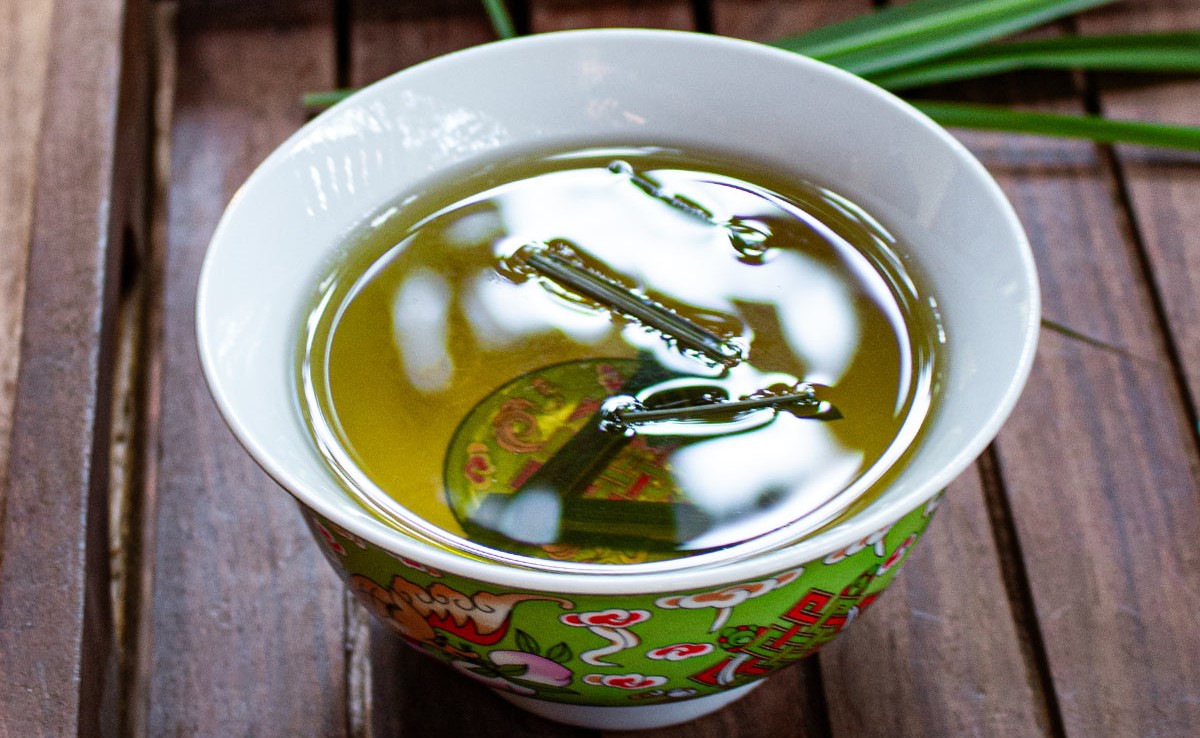
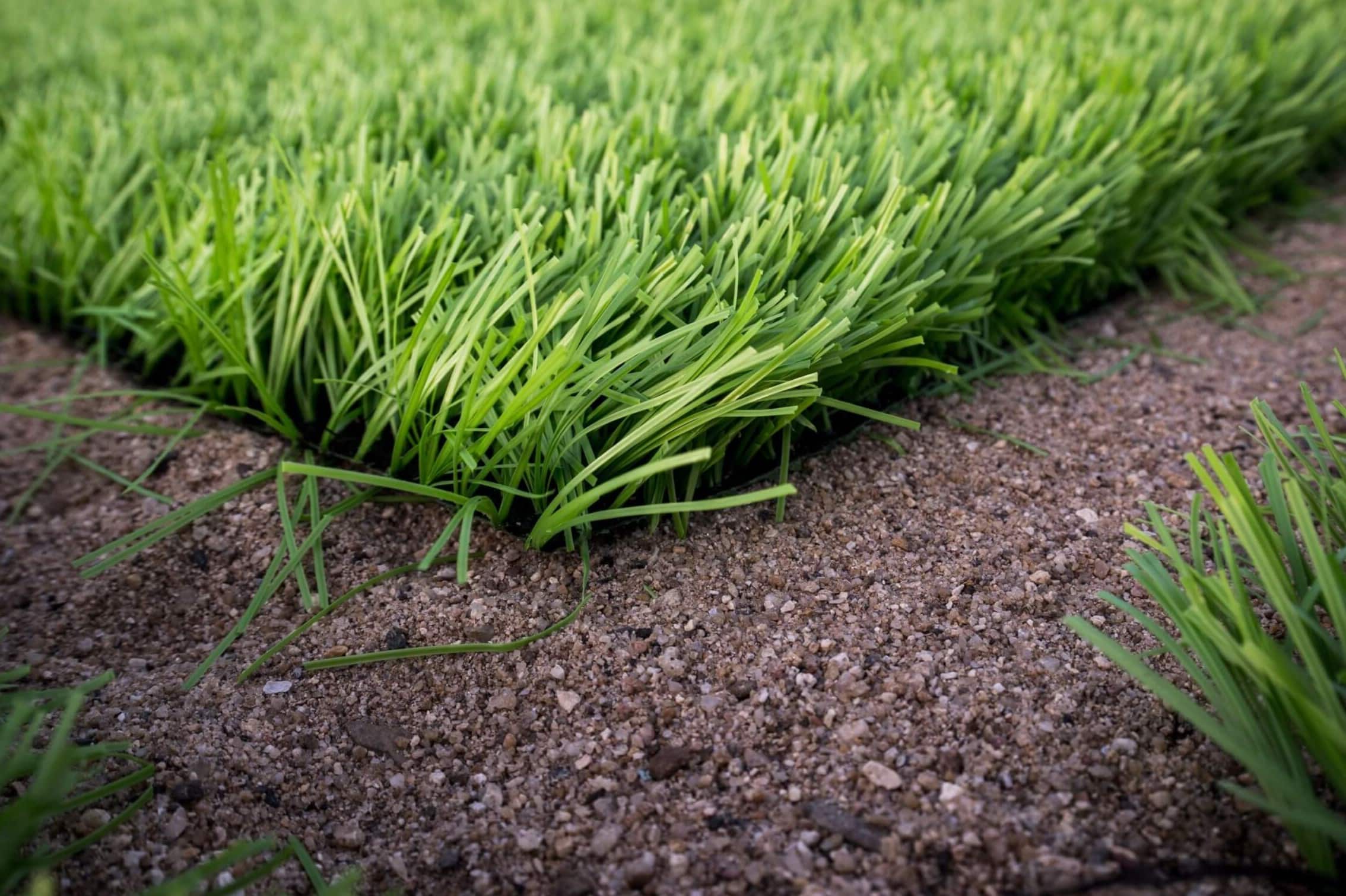
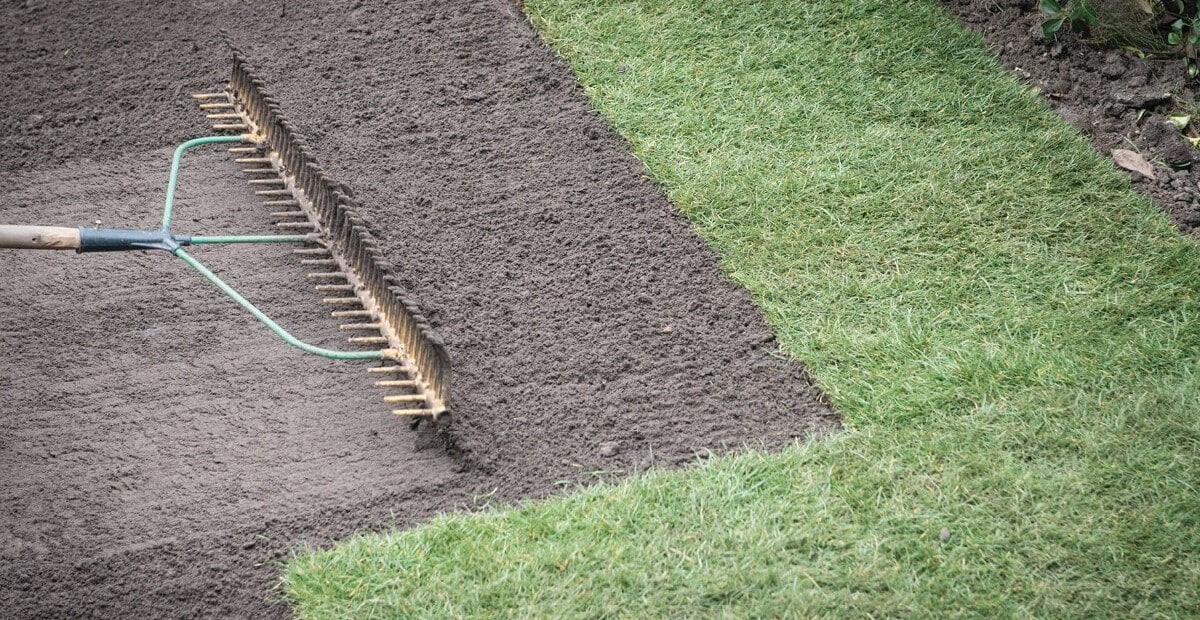
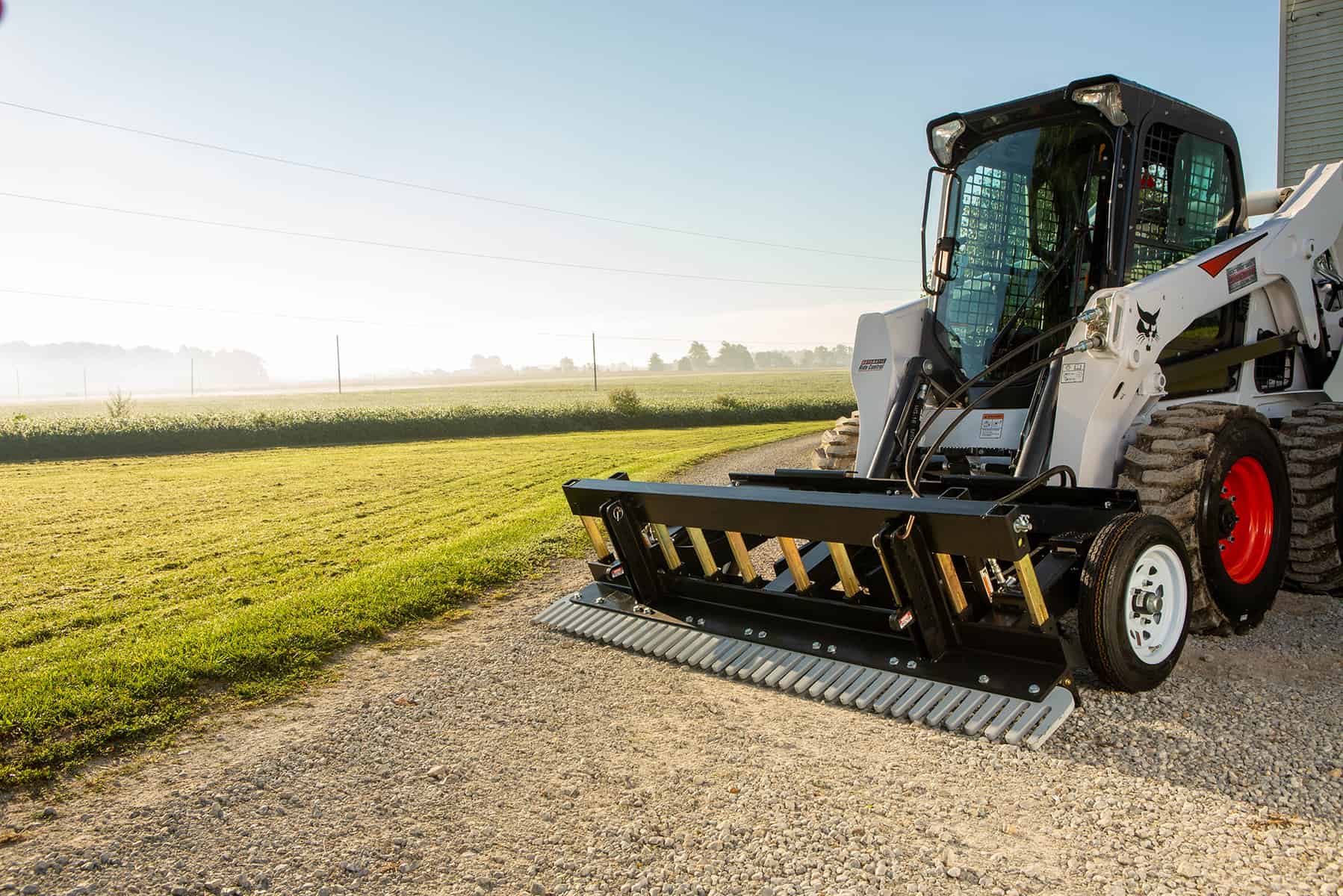
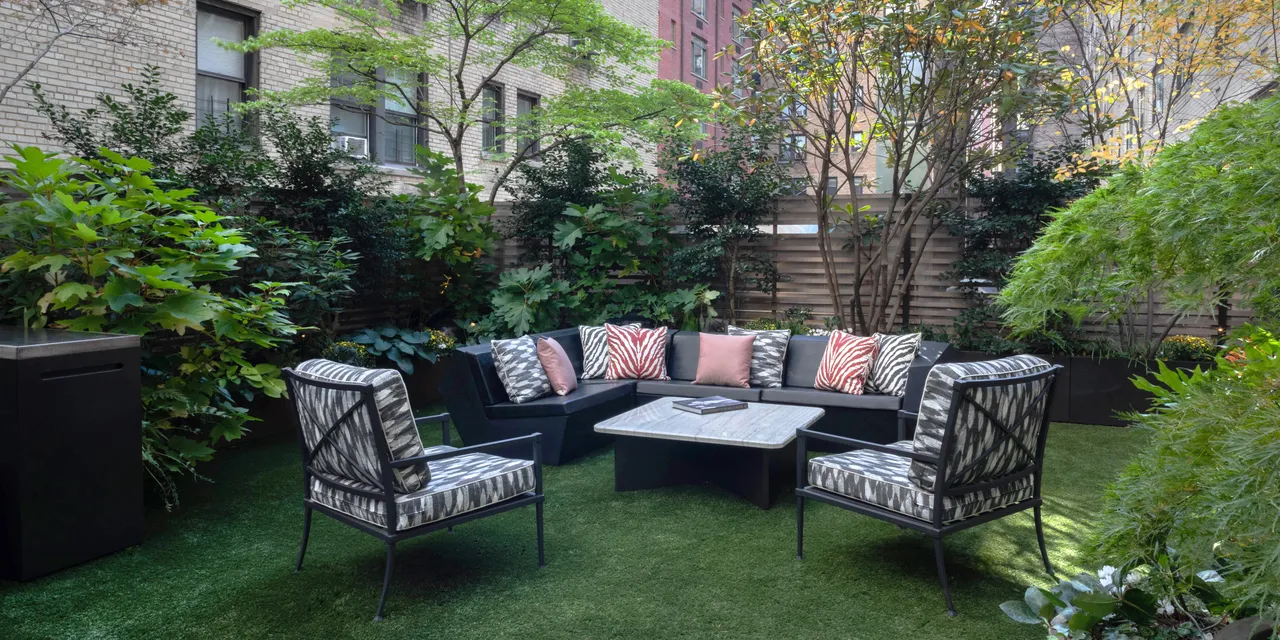
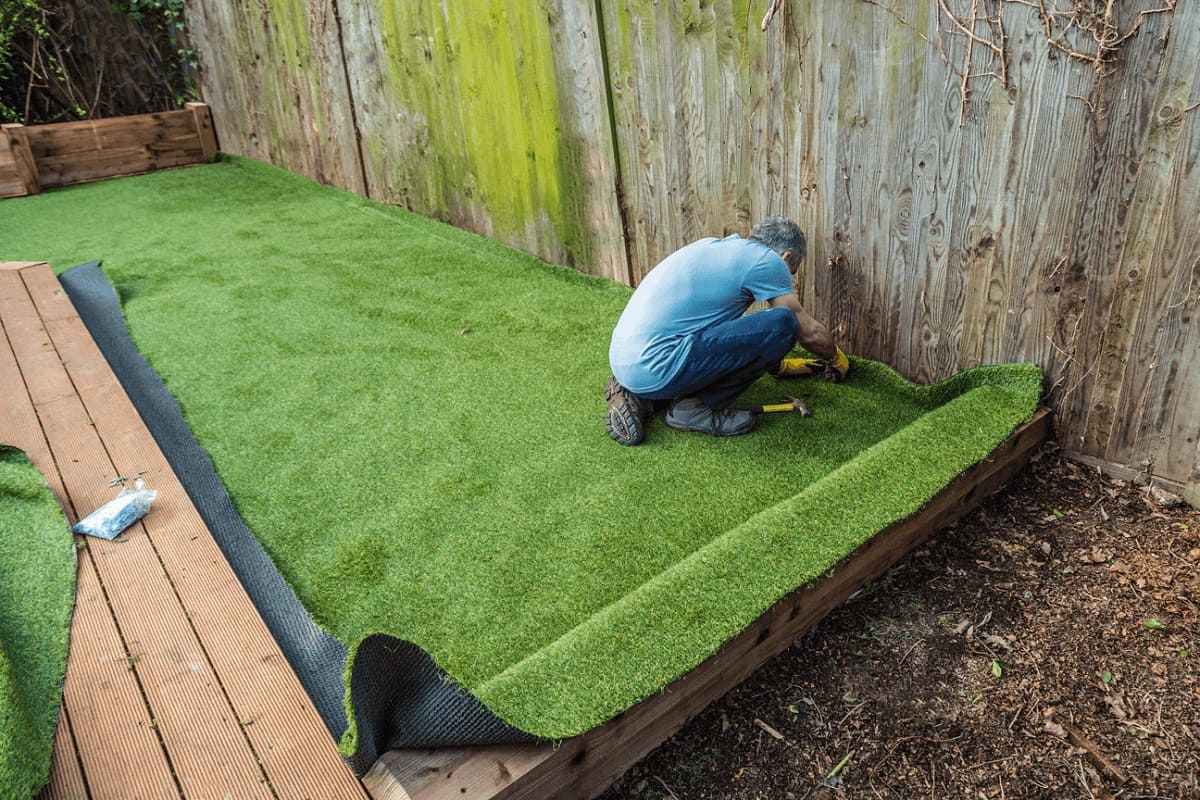
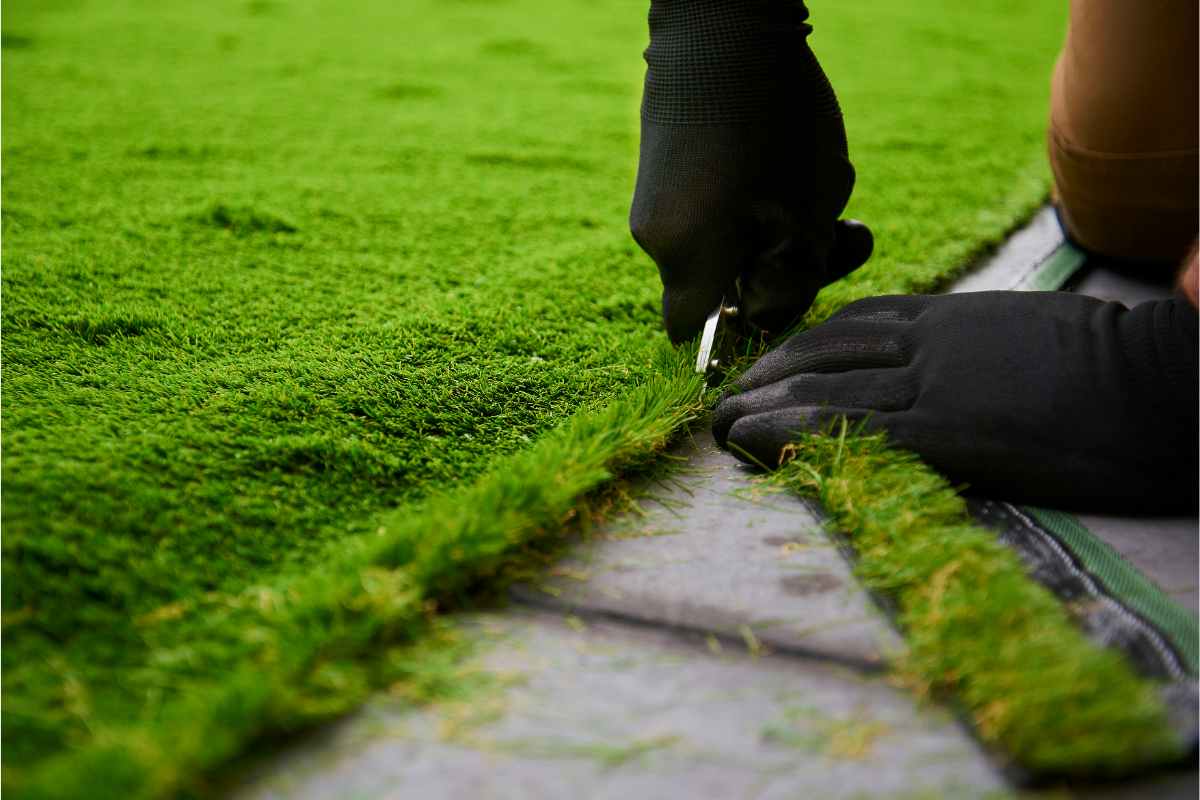

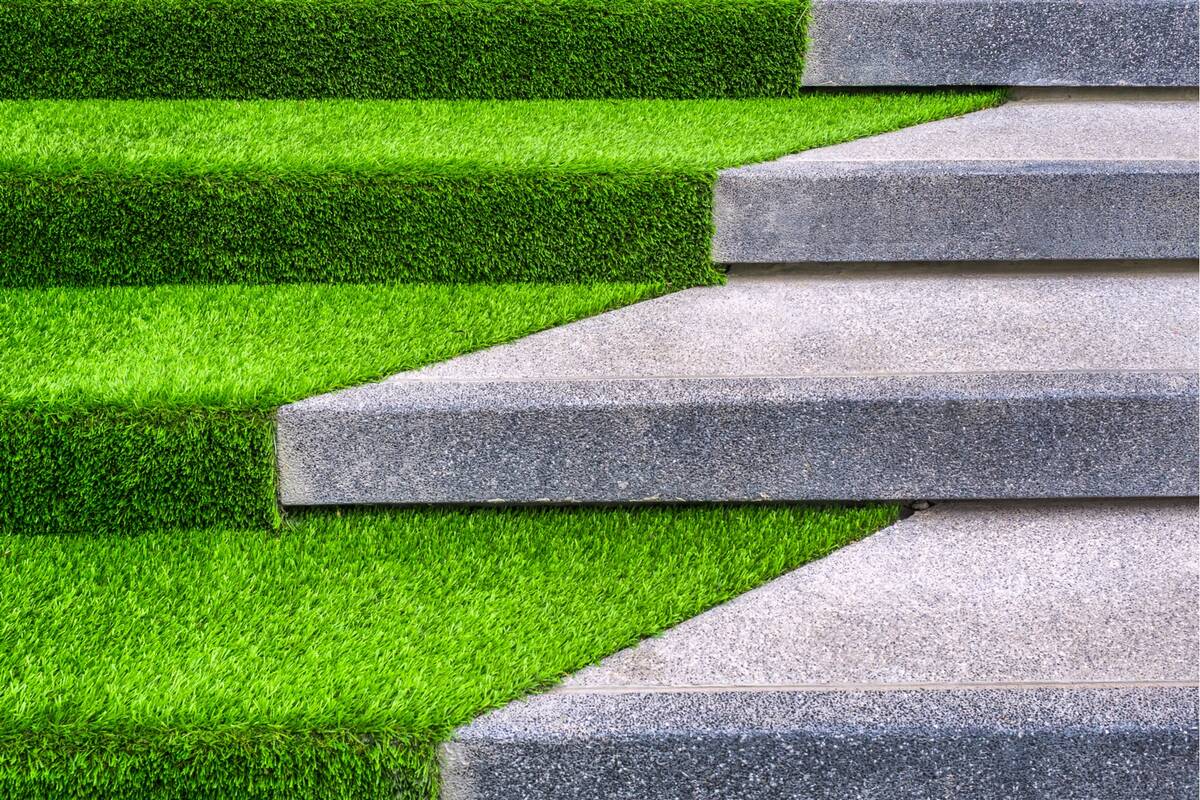
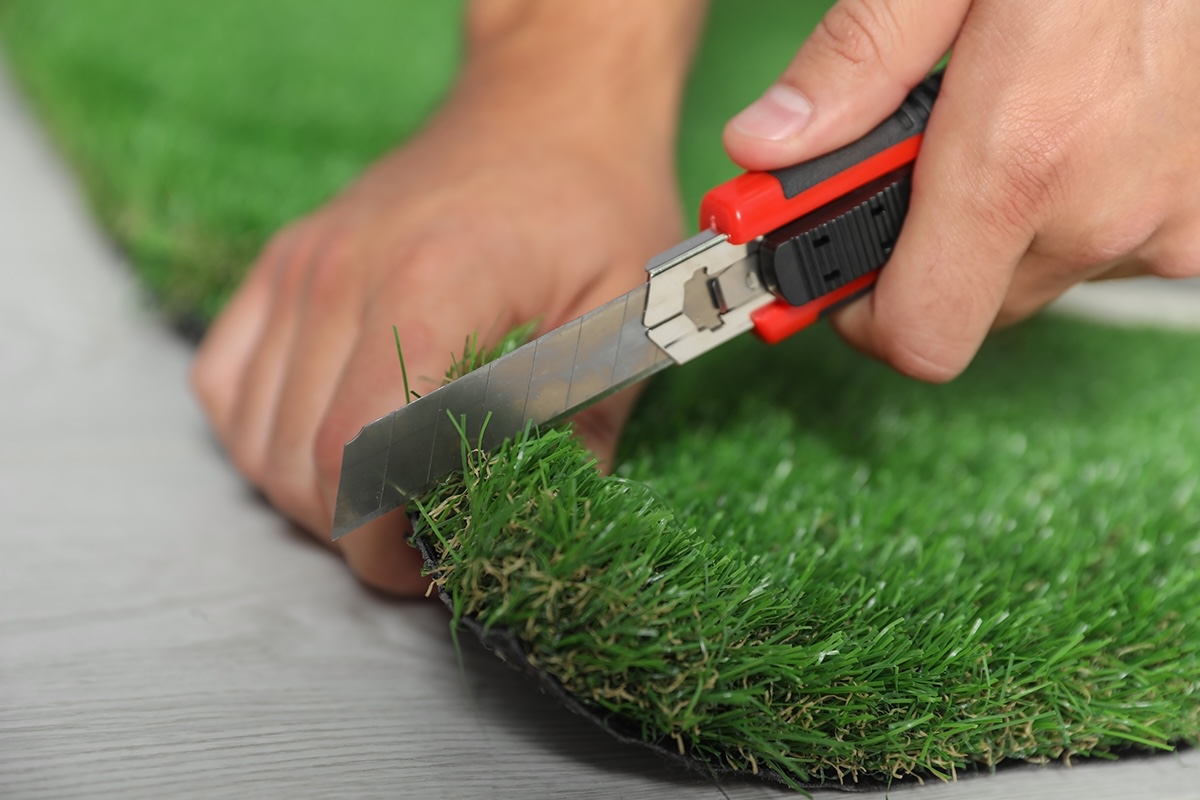
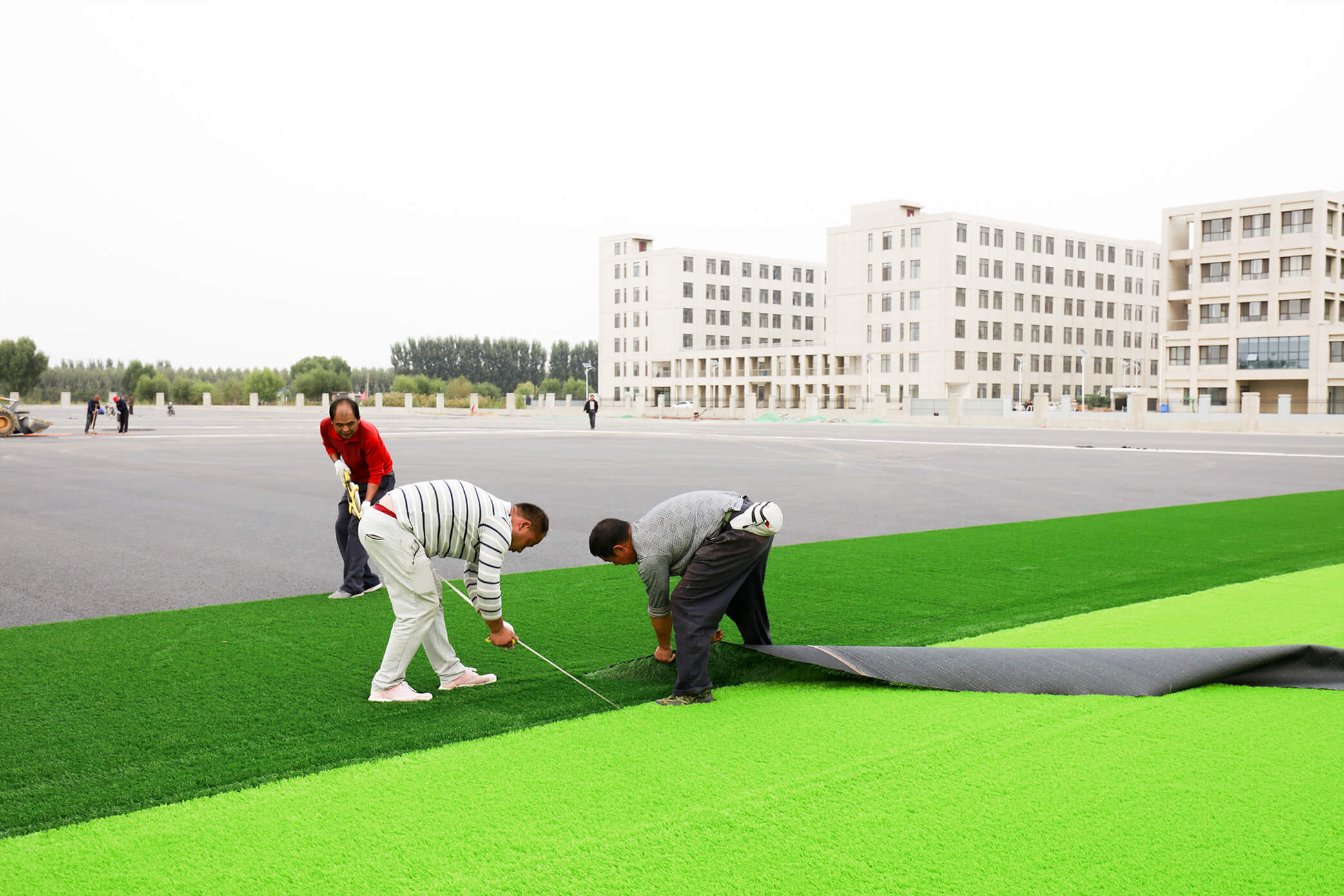
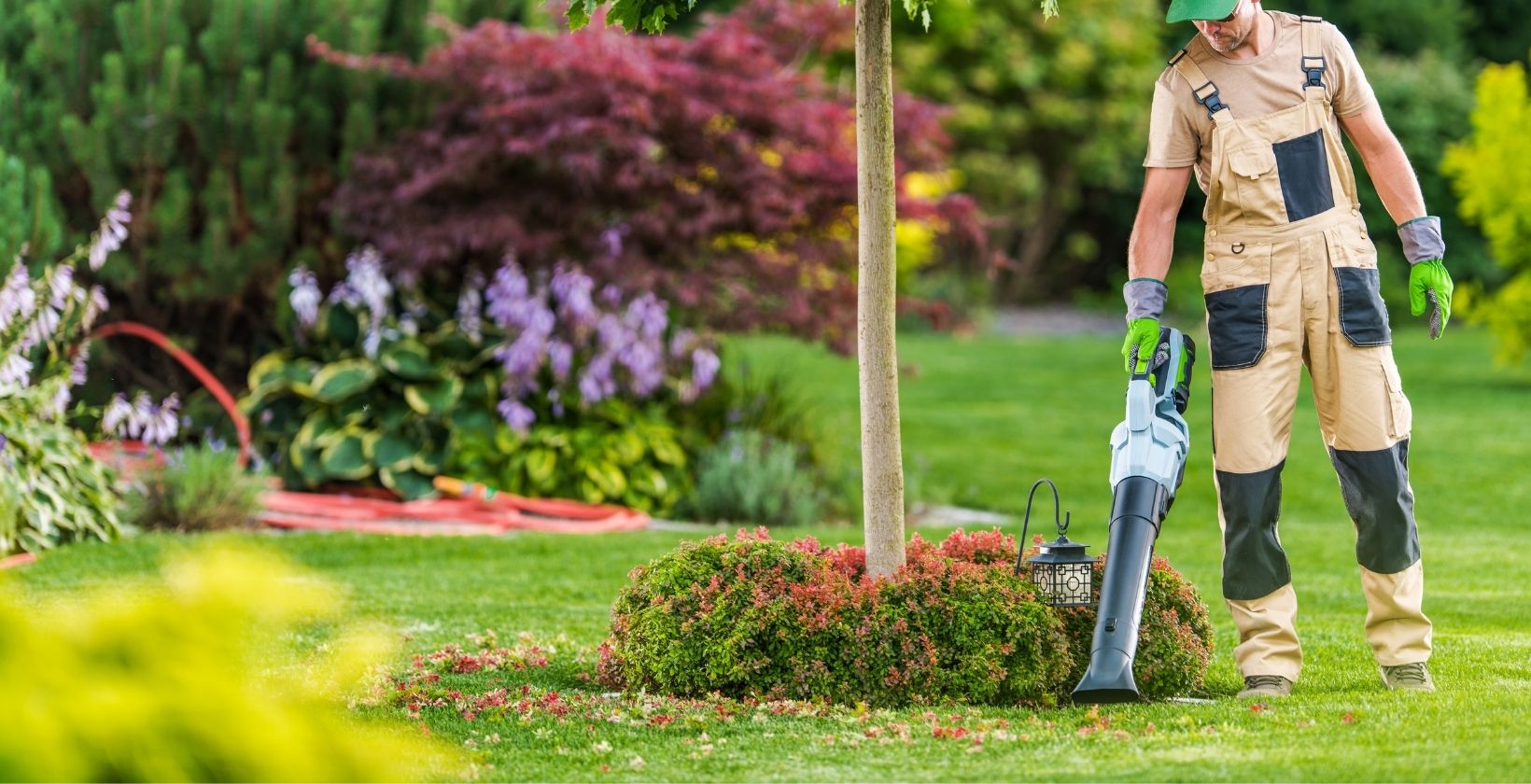
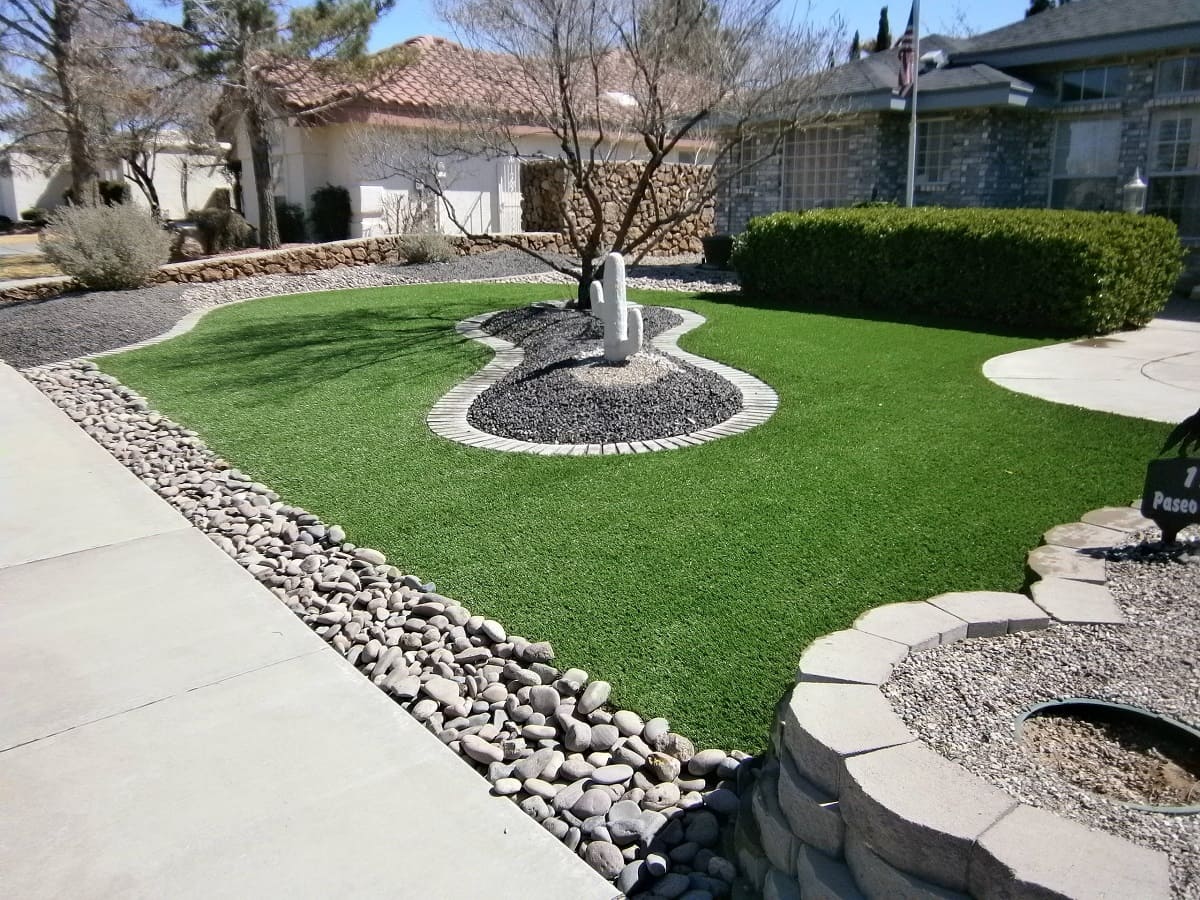
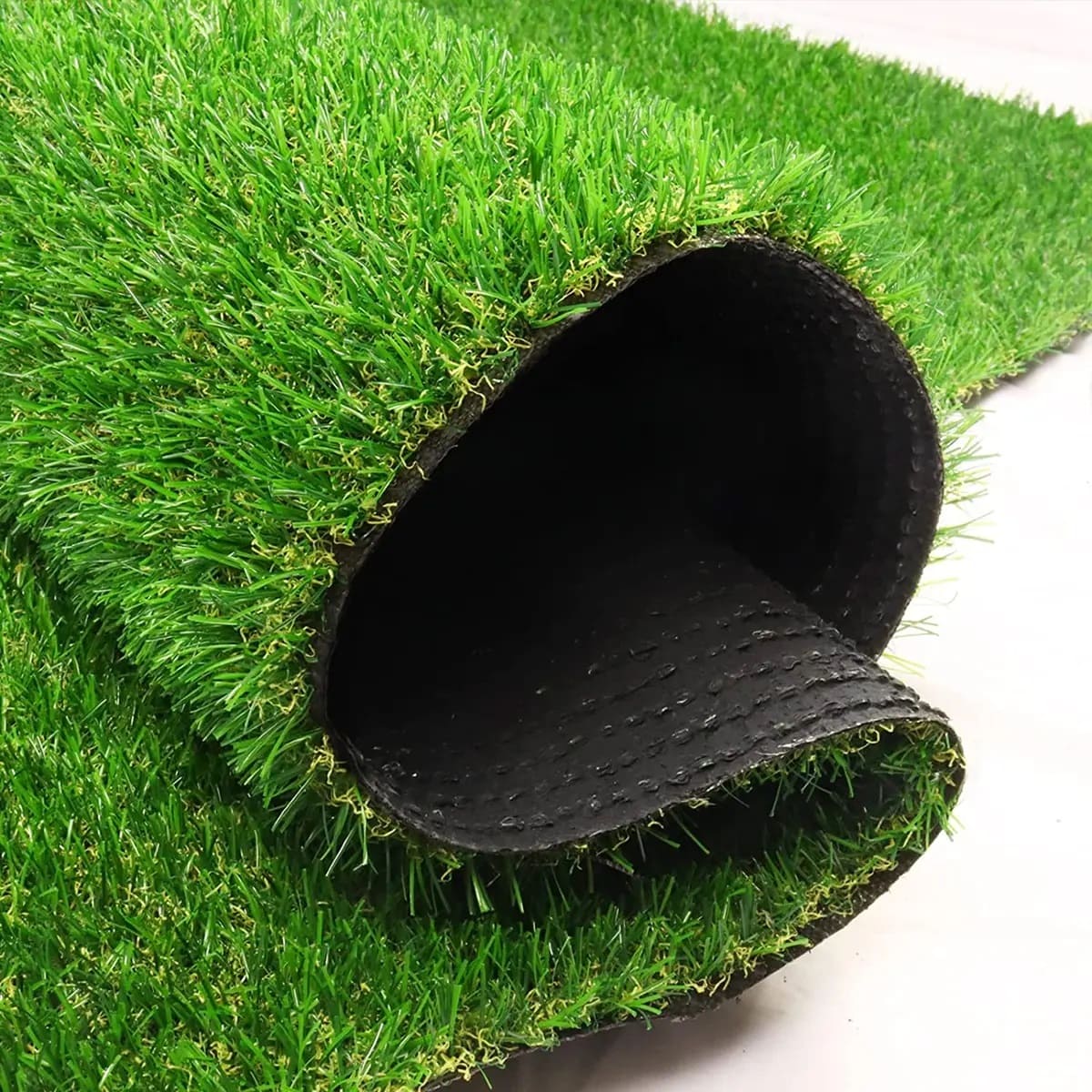

0 thoughts on “How To Prepare For Fake Grass”